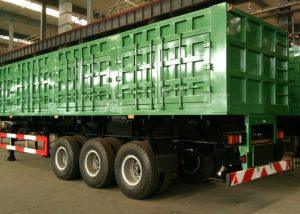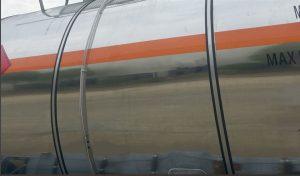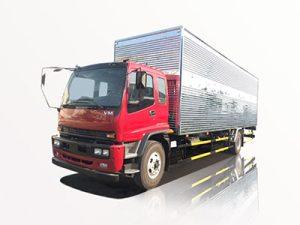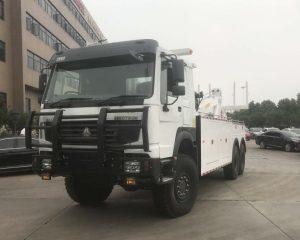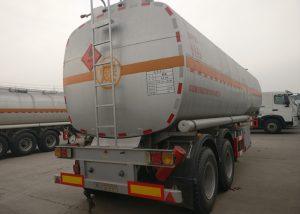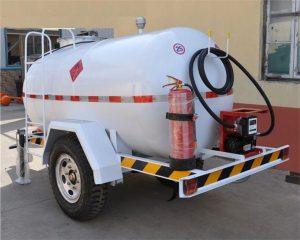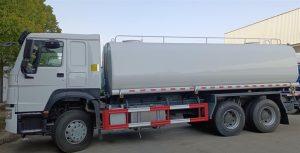Monday to Saturday - 8:00 -17:30
Understanding Hook and Lift Trucks: A Comprehensive Guide
In the world of commercial transportation and logistics, the hook and lift truck is a vital piece of equipment. This article will explore the features, benefits, use cases, and operational insights into hook and lift trucks, ensuring a thorough understanding of this unique vehicle.
What is a Hook and Lift Truck?
A hook and lift truck is a specialized type of vehicle designed for transporting containers. This versatile truck is equipped with a hook mechanism that can lift and secure containers, making the loading and unloading process efficient and safe. It is primarily used in waste management, construction, and recycling industries.
Main Components of a Hook and Lift Truck
1. Chassis
The chassis is the backbone of the truck, designed to support the payload and engine. It must be robust to handle heavy containers.
2. Hook Lift Mechanism
This is the central feature of the hook and lift truck. It includes the hydraulic system that operates the hook to lift containers. The mechanism allows for quick attachment and detachment of containers.
3. Container
Containers come in various sizes and shapes. They are designed to carry different types of materials, from waste to construction supplies. Understanding container specifications is essential for efficient operations.
4. Steering System
A reliable steering system ensures maneuverability, especially in tight spaces. Many hook and lift trucks come with enhanced steering mechanisms for urban environments.
5. Power Unit
The power unit is usually a diesel engine that provides the necessary power for lifting heavy loads. Some newer models may utilize electric or hybrid engines for sustainability.
Types of Hook and Lift Trucks
1. Traditional Hook Lift Trucks
These trucks use mechanical systems to lift and maneuver containers. They are widely used and appreciated for their reliability.
2. Automated Hook Lift Trucks
With advancements in technology, automated systems have emerged. These trucks use sophisticated electronics for precise operation, enhancing safety and efficiency.
3. Small Hook Lift Trucks
Designed for smaller operations, these trucks are more compact and suitable for urban settings. They can navigate narrow streets easily.
4. Heavy-Duty Hook Lift Trucks
These trucks are built for extreme loads and rugged environments. They are essential for construction sites and heavy-duty waste management tasks.
Advantages of Using Hook and Lift Trucks
1. Versatility
Hook and lift trucks can handle various container types, making them suitable for several industries.
2. Increased Efficiency
The hook mechanism allows for swift loading and unloading, improving overall operational efficiency.
3. Cost-Effectiveness
By minimizing manual labor and reducing time spent in loading/unloading, businesses can save significantly on operational costs.
4. Enhanced Safety
With proper training, operators can manage the hook lift mechanism without direct contact with heavy loads, decreasing the risk of accidents.
Operational Tips for Hook and Lift Trucks
1. Regular Maintenance
To ensure longevity and performance, regular inspections and maintenance of both the truck and hook lift mechanism are crucial.
2. Proper Training
All operators should receive thorough training in using the hook lift system to promote safety and efficiency.
3. Load Management
Understand the weight limits for both the truck and the containers to avoid accidents and damage to equipment.
4. Environmental Considerations
When operating in urban areas or sensitive environments, be aware of local regulations regarding noise and emissions.
5. Effective Communication
Ensure clear communication among team members during loading and unloading to prevent accidents and streamline processes.
Common Applications of Hook and Lift Trucks
1. Waste Management
Hook and lift trucks are commonly used for transporting dumpsters and waste containers in municipal and commercial waste collection.
2. Construction Sites
They are vital in construction sites for transporting aggregates, equipment, and waste containers, facilitating efficient project management.
3. Recycling Facilities
Hook and lift trucks help manage the transportation of recyclable materials, ensuring a systematic approach to resource recovery.
4. Agricultural Use
In agriculture, these trucks are used to transport bulk materials such as feed or fertilizer efficiently.
Cost Considerations for Purchasing Hook and Lift Trucks
1. Initial Investment
When considering a hook and lift truck, the initial purchase price can be significant. Various factors, such as brand, model, and specifications, influence the cost.
2. Long-Term Operating Costs
Maintenance, fuel, insurance, and repair costs should be factored into the overall budget. While smaller models may cost less upfront, they could incur higher operational costs depending on usage.
3. Financing Options
Many dealerships offer financing or leasing options, making it easier for businesses to acquire these vehicles without a large upfront cost.
4. Resale Value
The resale market for hook and lift trucks can vary. Researching brands and models that hold value over time can aid in making a wise investment.
Future Trends in Hook and Lift Trucks
1. Electric Hook Lift Trucks
As the demand for sustainability increases, more manufacturers are developing electric hook lift trucks to reduce emissions.
2. Smart Technology Integration
Integration of IoT technology for monitoring operational efficiency and maintenance needs is on the rise, providing real-time data for better management.
3. Enhanced Safety Features
New trucks are being equipped with advanced safety features such as collision avoidance systems and automatic braking technologies for safer operation.
Frequently Asked Questions (FAQs)
1. What types of containers can a hook and lift truck handle?
Hook and lift trucks can manage various containers, including dumpsters, flatbeds, and specialized containers for specific materials.
2. How does the hook lift mechanism work?
The hook lift mechanism uses hydraulic systems to lift and secure containers. Operators attach the hook to the container, and the hydraulic system elevates the load.
3. Can hook and lift trucks operate in urban areas?
Yes, many hook and lift trucks are designed for urban environments, allowing for efficient operation in restricted spaces.
4. How do I maintain a hook and lift truck?
Regular maintenance includes checking hydraulic systems, inspecting the hook mechanism for wear, and ensuring that all components are in working order for safety and reliability.
5. Is training necessary for operating a hook and lift truck?
Yes, proper training is essential to ensure operator safety and efficient handling of the equipment, minimizing the risk of accidents.
6. What is the average lifespan of a hook and lift truck?
The lifespan can vary based on usage, maintenance, and manufacturer, but generally, a well-maintained hook and lift truck can last over ten years.


